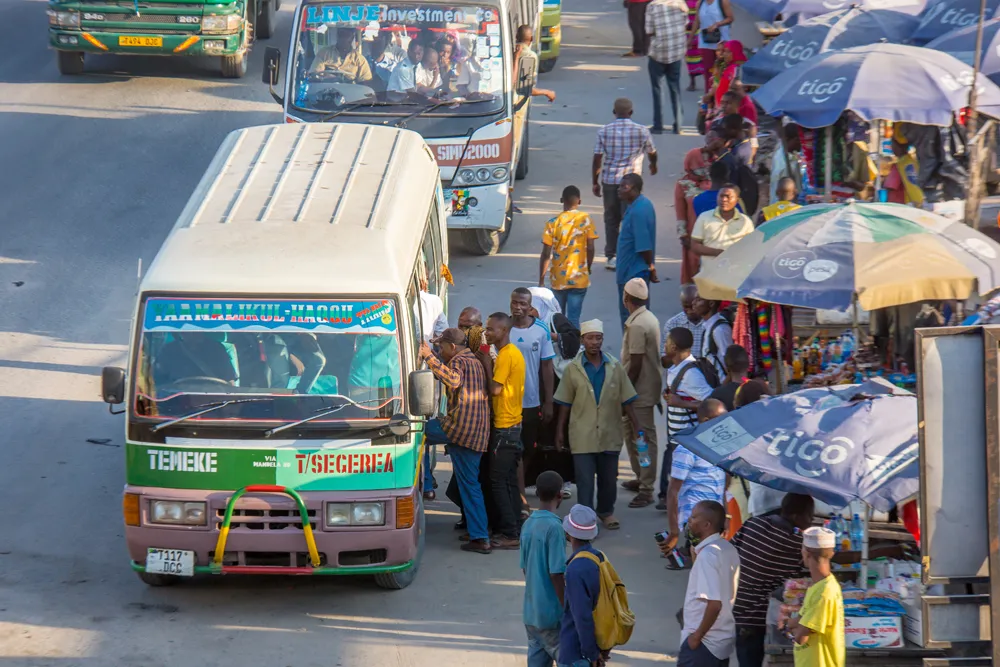The Mass Rapid Transit Authority (MRTA) of Thailand is to make immediate plans to develop six additional mass rapid transit (MRT) rail lines that should be operational by 2020. The lines will measure a length of 200 kilometres and entail US$19.16 billion in combined investments. The move was spurred by a forecast that suggests some three million passengers a day will use the MRT rail system in Bangkok by 2020.
August 24, 2012
Read time: 2 mins
The 6449 Mass Rapid Transit Authority (MRTA) of Thailand is to make immediate plans to develop six additional mass rapid transit (MRT) rail lines that should be operational by 2020. The lines will measure a length of 200 kilometres and entail US$19.16 billion in combined investments. The move was spurred by a forecast that suggests some three million passengers a day will use the MRT rail system in Bangkok by 2020.
Currently, commuter rail users take up a mere 10 per cent of the overall mass-transit system in Greater Bangkok due to the limited number of lines. MRTA's Governor, Yongsit Rojsrikul, says it would be able to reach break-even point faster as a result of the new proposed lines and increasing volume of users. In order to lower the investment cost of the government, MRTA planned to use sites along its routes to churn out additional income. Having been set up some 20 years ago, MRTA only has a single 20-km electric line.
Currently, commuter rail users take up a mere 10 per cent of the overall mass-transit system in Greater Bangkok due to the limited number of lines. MRTA's Governor, Yongsit Rojsrikul, says it would be able to reach break-even point faster as a result of the new proposed lines and increasing volume of users. In order to lower the investment cost of the government, MRTA planned to use sites along its routes to churn out additional income. Having been set up some 20 years ago, MRTA only has a single 20-km electric line.









